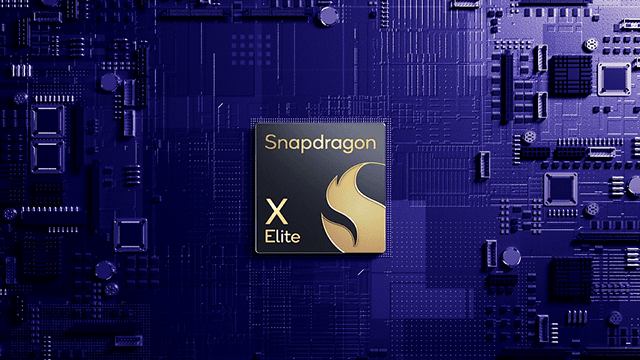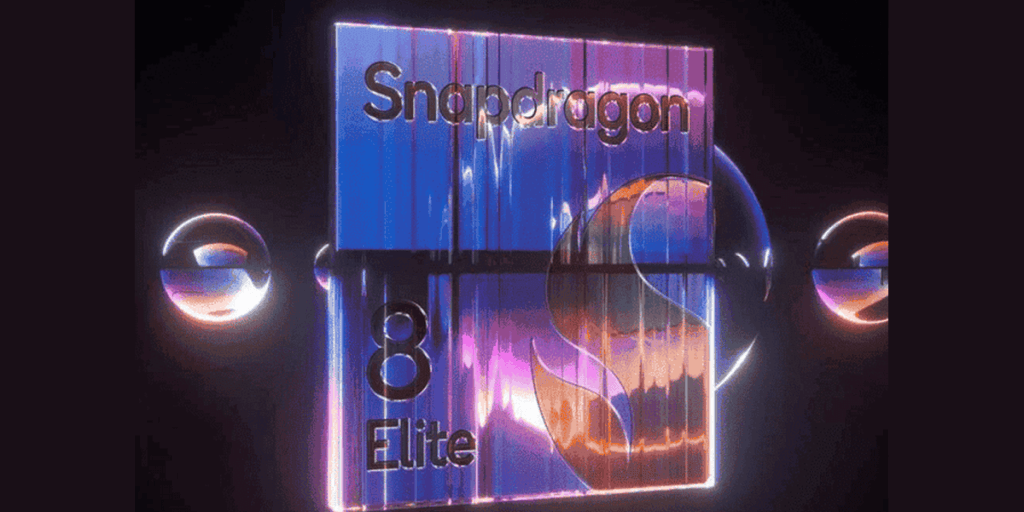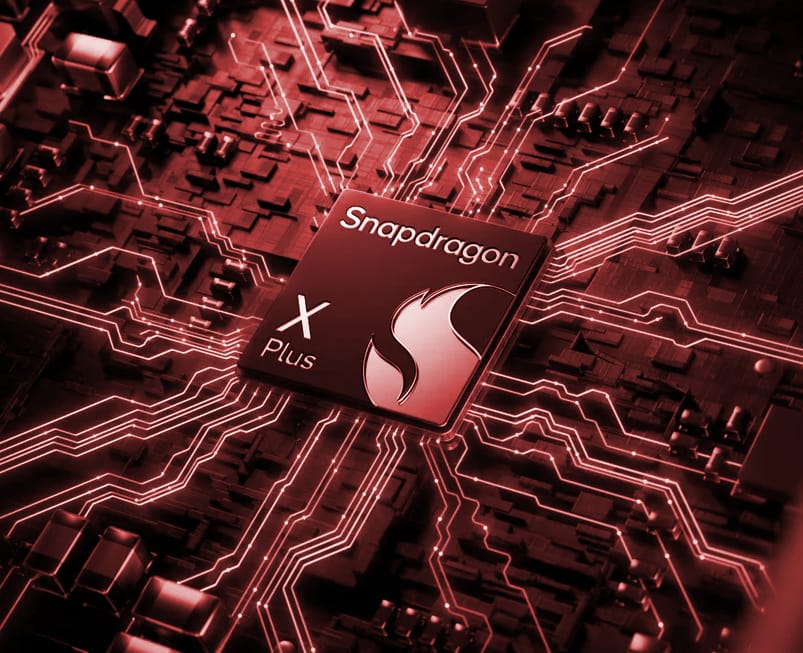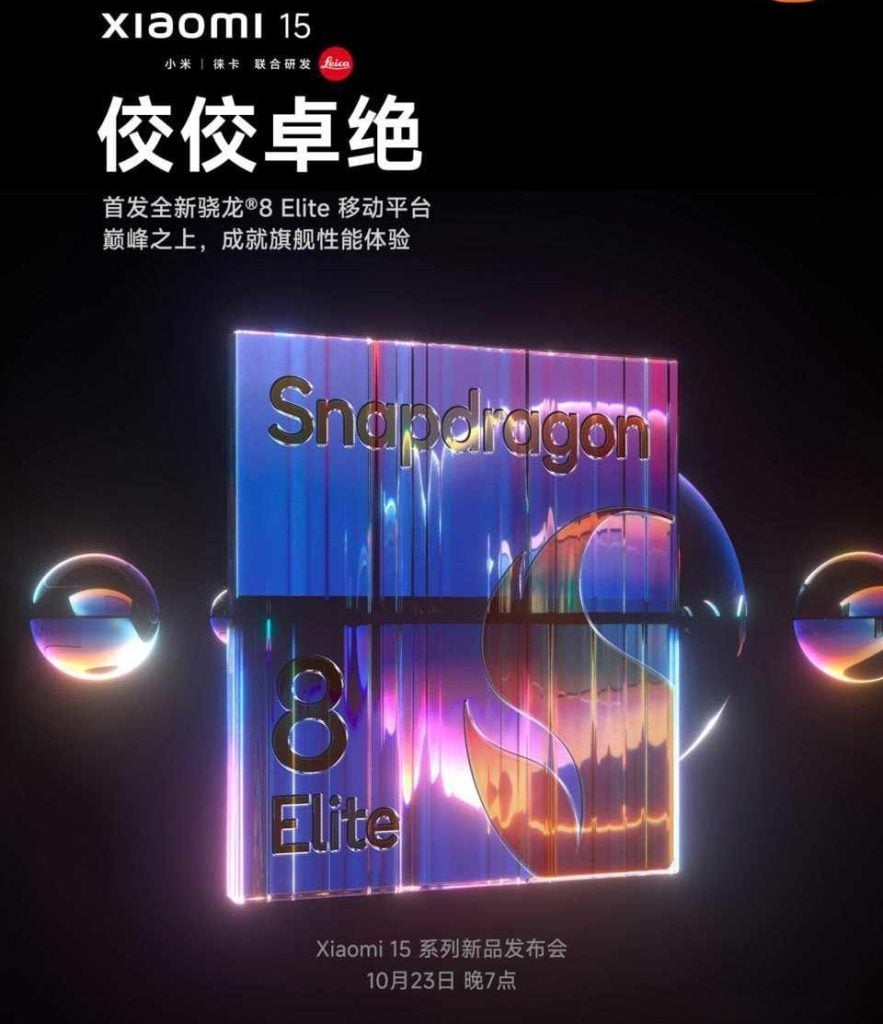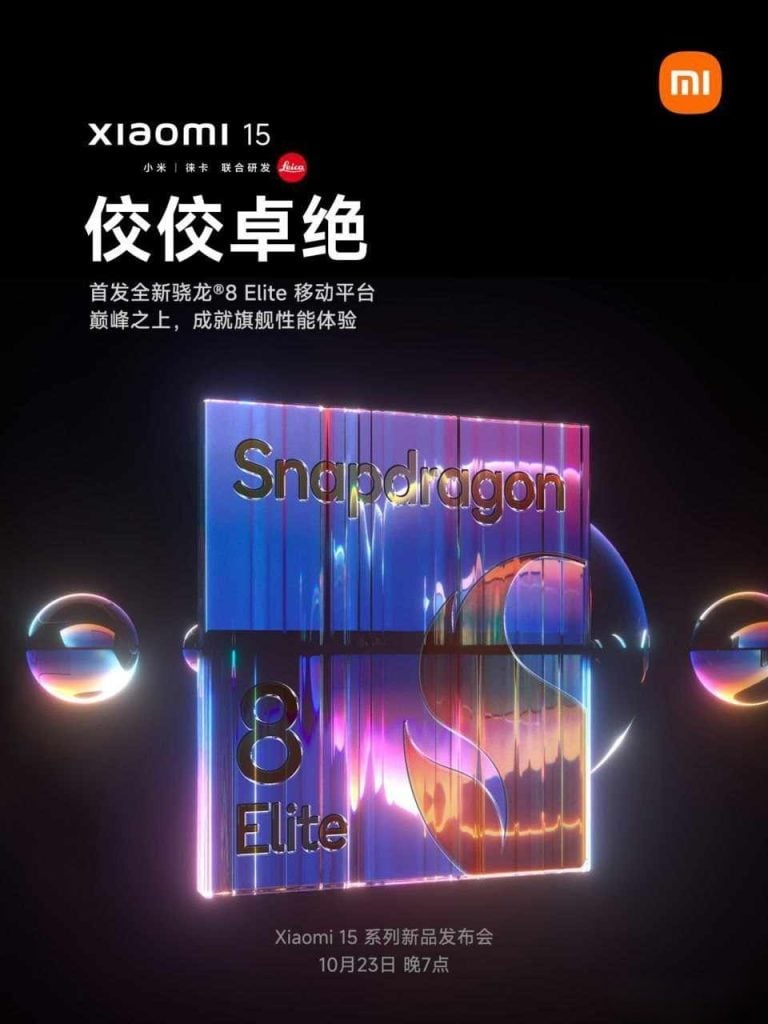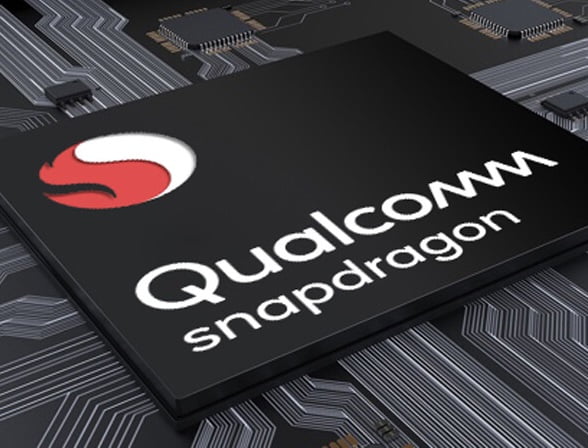Qualcomm is gearing up to unveil its next high-end mobile system on a chip (SoC) during the Snapdragon Summit event. There’s still some mystery surrounding the chip’s name, whether it will be called Snapdragon 8 Gen 4, Snapdragon 8 Extreme Edition, or something entirely different. However, the OnePlus 13 is anticipated to be one of the earliest smartphones to utilize this new chip.
OnePlus Teases Custom Chip
Although OnePlus hasn’t disclosed many details about its new flagship device, an employee named Cai Zuxuan shared an intriguing hint on Weibo. Zuxuan mentioned that the phone will include a specially designed Snapdragon chip. What’s particularly exciting is Zuxuan’s assertion that this custom SoC will deliver enhanced energy efficiency.
Power Efficiency Claims
Specifically referencing internal data from OnePlus, the employee stated that the custom Snapdragon SoC could surpass the Apple A18 Pro regarding power efficiency. According to Cai Zuxuan, this achievement would allow Qualcomm to regain its leading position in performance rankings.
Zuxuan’s post also referred to a “public version” of the SoC, which is said to be inferior to the custom version. This isn’t the first instance of people discussing two separate versions of what might be the Snapdragon 8 Extreme Edition. A datasheet that appeared online in August hinted at two models: SM8750 and SM8750P.
Variants and Performance
Among these, the SM8750P is thought to be the more advanced model, with the “P” likely representing “Performance.” Qualcomm has adopted a similar approach in the past with its flagship SoCs. For example, the Snapdragon 8 Gen 3 for Galaxy is a slightly overclocked version of the standard SoC. This overclocked chip later found its way into Nubia smartphones and currently leads the AnTuTu benchmark.
However, Cai Zuxuan emphasizes that this time, efficiency will be just as important as performance. The good news is that Qualcomm’s Snapdragon Summit is scheduled to kick off on October 21, which is just around the corner. So, you won’t have to wait long to discover how Qualcomm’s 3 nm smartphone chip stacks up against its rivals.
Cai Zuxuan on Weibo via: InnoGyan




